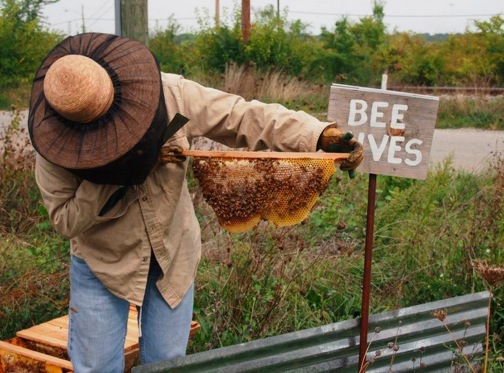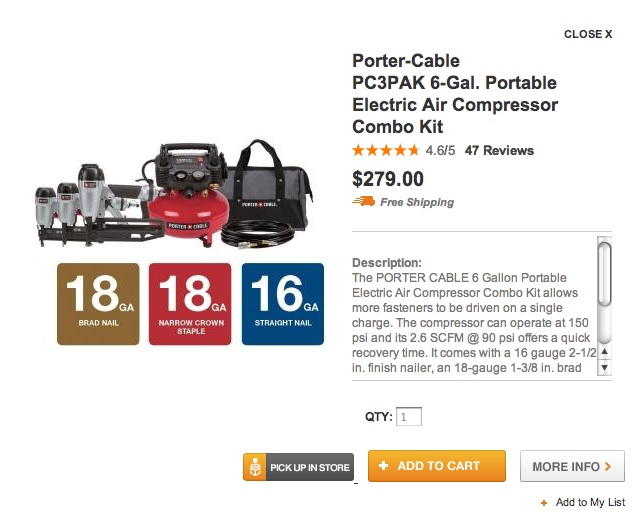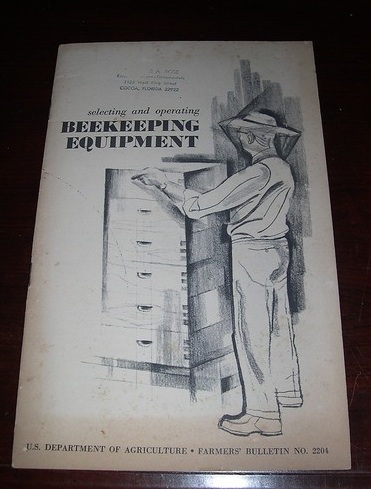
I don’t know what happened to the basement (which is where I do most of my work during the winter months). Somewhere along the line, the basement became unmanageable. And then it spread. The garage became unmanageable, too.
[I attempted to write a paragraph explaining what I think happened to create such chaos in the basement, but then I realized that you probably don’t really care about that, do you, Reader?]
It’s impossible to do good work in the middle of such disarray, and I’ve been hoping to bring some order to it all so I can get back to working happily along, but I became paralyzed by disorganization. I couldn’t even begin to make sense of it all.
I’ve been publicly complaining that I can’t seem to tackle the basement. I thought that perhaps peer pressure might help motivate me. It didn’t. No one really cares about my basement. A couple of weeks ago, I bought some industrial shelving at an estate sale. I thought the shelves might be my answer, but they sat in a pile all disassembled and only made matters worse. I grew in a funk about it.
And then Deb got some free time and some energy, and she directed all her powers to restoring order. First, she cleared the garage and rearranged it. Then she took on the basement. It’s an ancient basement, and the ceiling is low, so she spent days stooped over and banging her head on rafters when she forgot and stood tall. While she did all of that, I took care of the leaves. I think she wanted me out of her way…which was fine with me because I am hopelessly ineffective in that basement right now. I raked every leaf in our yard and from our gardens and from every nook and cranny and mulched every last one of them while the basement transformed.
And now the basement looks better than ever. The floor is clear. There is order. I can breathe and work down there again.
No, it’s not complete. I have been given a list of basement-related tasks to accomplish this week, and from what I’ve seen of Deb’s determination these past few days, I had better check those things off my list lickity split or pay the piper.







